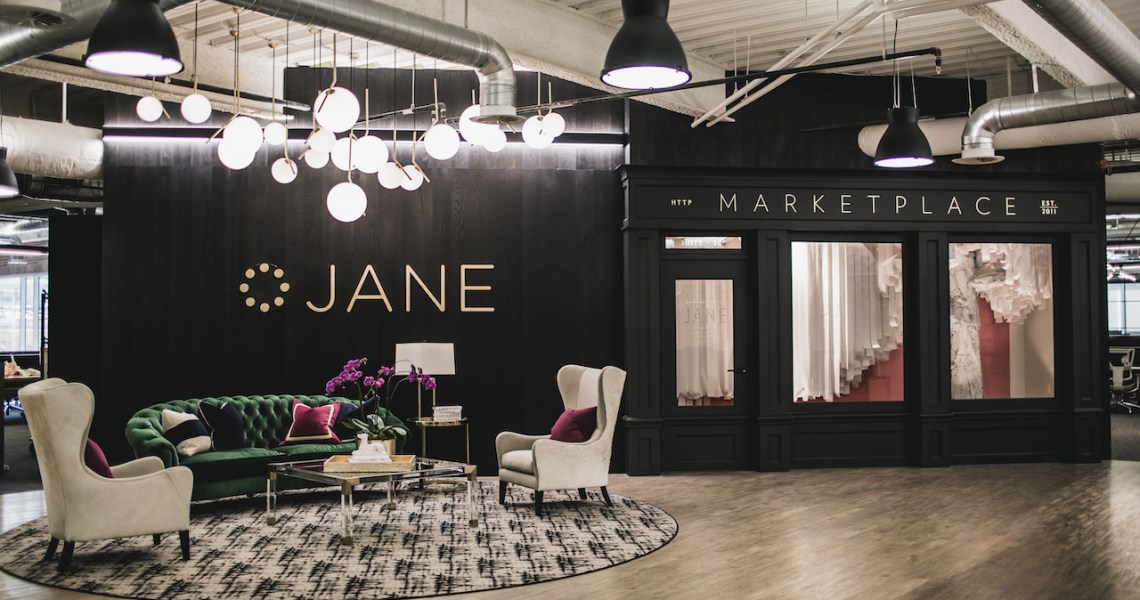When Taleeb Noormohamed took over as CEO of online marketplace Jane at the end of 2019, he realized he was working for a company with healthy revenue but little brand recognition.
“It was funny. This company was making a couple hundred million dollars every year, had been profitable for its entire life, had thousands of customers, and no one had heard of it,” said Noormohamed, who was previously chief growth officer at Farfetch.
But in the last year, 10-year-old Jane, which sells a wide variety of products from apparel to pet supplies with prices from $10-$3,500, has grown. Total revenue reached $1 billion and more than $250 million annually in 2020. The company received a $40 million Series A funding round led by Tritium Partners in December 2020. Noormohamed attributed the brand’s recent growth in both revenue and audience to social commerce, primarily Instagram Shopping, which it started using in July 2020. Jane’s sales through social commerce grew by 27x between November 2020 and March 2021. Jane had over $200,000 in incremental sales on Instagram Shops and Facebook Shops (mostly through Instagram) from July 2020 to February 2021, and it earned 18,700 new followers on its Instagram account in that time period. It now has more than 600,000 followers.
Social commerce has steadily been taking off over the last year. A survey from the Harris Poll found that 43% of Gen Z and 49% of millennials have already made purchases directly from a social media platform. More than one-third of Americans are planning to use social platforms to buy more products this year, compared to in 2020. According to Noormohamed, a combination of factors, from the pandemic to the increased streamlining of social commerce platforms, have made social commerce more popular.

“Through the pandemic, we saw a huge outpouring of support for small businesses,” Noormohamed said. “Social commerce lends itself well to smaller businesses just starting out. The big brands suck up so much of the oxygen in social advertising, but people can still find you on Instagram Shopping and recommend you to friends, who recommend to friends. It’s very easy for that to happen.”
Noormohamed said that, to date, more than 80% of Jane’s transactions have been over mobile, so its customers — who are mostly women — were already familiar with mobile shopping.
Ad position: web_incontent_pos1
“Instagram can do something we can’t. It drills down on algorithms and can be much more predictive than we can,” Noormohamed said. “So when [a consumer] comes across you on social commerce, they don’t have to leave the experience to see your product and buy it. The majority of our customers on Instagram are not coming onto the platform to search for us or even necessarily to shop. It’s very impulsive and discovery-based. Advertising is getting more crowded and expensive, so integrated experiences are better.”
Since starting with Instagram Shopping, more than 80% of visitors to Jane’s site and mobile app have come directly to the brand, rather than finding the company through search. The majority come through social, but other channels like email also contribute to that number.
Outside of Jane, companies like Sephora and Walmart have been bullish on social commerce for growth. Carolyn Bojanowski, general manager of Sephora’s e-commerce business, told Quartz on June 1 that there is “every indication that [social commerce is] going to be big” in the next year.
And the social platforms are doing everything they can to bring in more brands. TikTok has been piloting a new social commerce feature in the U.K. and courting big commerce players like Walmart. Pinterest, too, has been adding new limited-time drops to play on exclusivity.
“People have always come to Pinterest to shop, and we’re thrilled by the surge in shopping intent we’ve seen within the last year,” said Aya Kanai, head of content and creator partnerships at Pinterest. She said the number of users engaging with social commerce on Pinterest grew by more than 200% between March 2020 and March 2021.
Ad position: web_incontent_pos2
Noormohamed expects that to continue industry-wide.
“It’s an age-old concept,” he said. “Businesses do well when there’s good word of mouth. When you’re shopping on a channel that brings you to our app or into our ecosystem, that’s good for discovery and bringing in new customers.”




